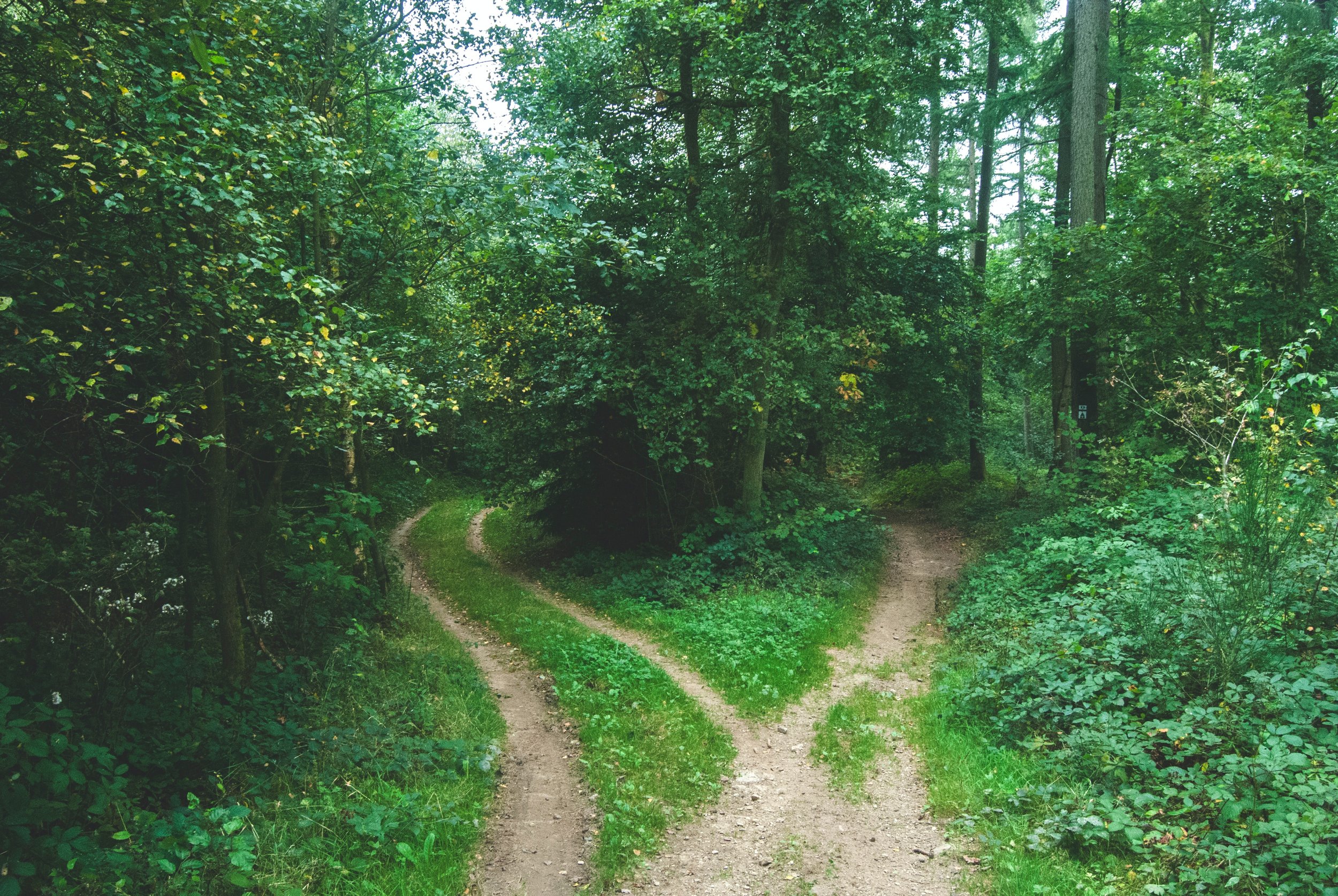How to level up your forecasts from good to great
Image by Jens Lelie via Unsplash
You already compare bottom-up and top-down plans to optimize?
Congratulations! But there is more you can do:
1️⃣ Great bottom-up forecasts enable scenario planning
Good bottom-up forecasts don’t just produce a singular data point. They take risks and opportunities into account to output ranges.
But the best teams take it a step further: They use those ranges to create scenarios that allow rapid decision-making in case results materialize at the high or low ends of the spectrum.
2️⃣ Great top-down forecasts are holistic and entirely falsifiable
Good top-downs don’t only consider internal factors the company can control. They also look at external factors, such as changes to the market, regulatory, or competitive landscapes.
Great teams, however, don’t just include any internal and external metric in their top-down forecast. They select only those that are falsifiable. That means they need to be able to track actual results against each of the factors they select and determine objectively if performance is good or bad.
💎 Bonus tip: Do the bottom-up forecast before you prepare the top-down.
Most companies do it the other way around, but that often means that the bottom-up is heavily influenced by the top-down expectations.
If you get push-back on doing bottom-ups first: Provide “guard rails”.
Those are high-level expectations that are subject to change once the top-down forecast is done. Ideally, guard rails are linked to long-range planning you did some time in the past.
To summarize:
➣ Create ranges for your bottom-up forecast to enable agile decision-making later on.
➣ Use falsifiable metrics for internal and external factors when building your top-down forecast.
➣ Do the bottom-up first to avoid bias from top-down expectations.
If you’d like to learn more about FP&A, I offer help in three ways:
1️⃣ Subscribe to my free newsletter “FP&A Tuesday” here.
2️⃣ Listen to 75 bite-sized mini lessons and get FP&A advice on the go.
3️⃣ Join my live online course FP&A Bootcamp to master FP&A in two weeks.

